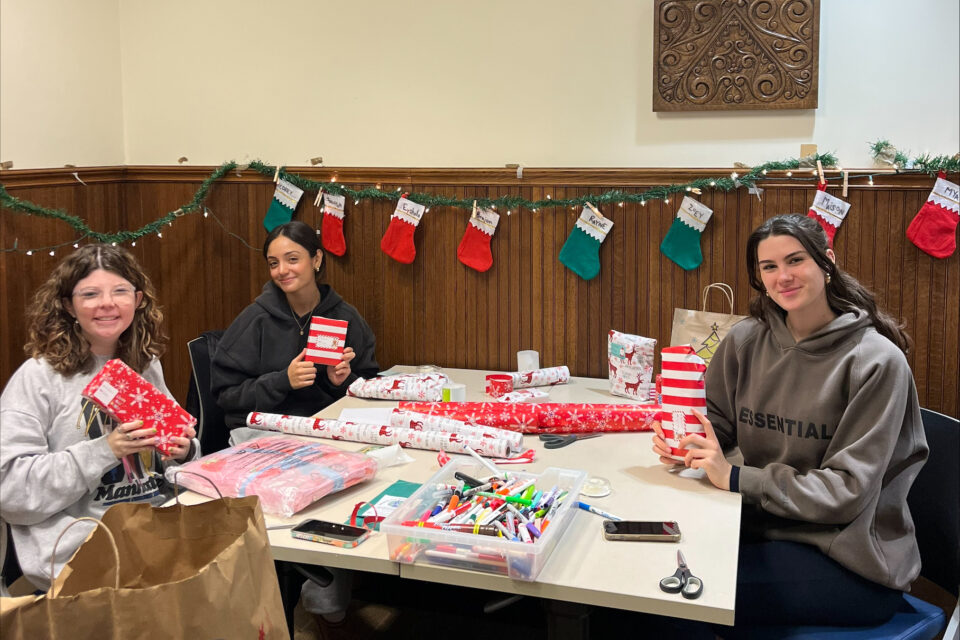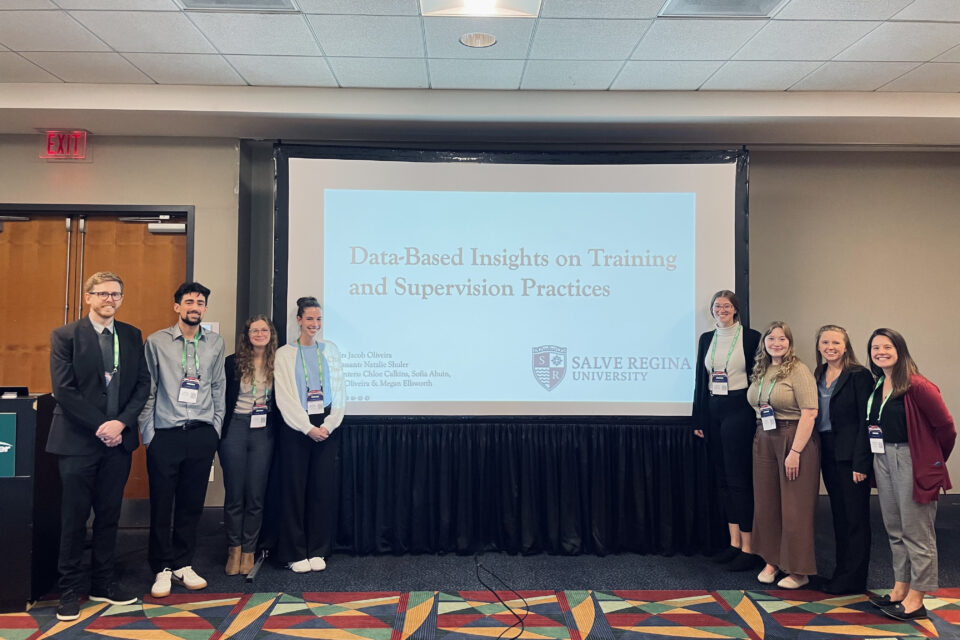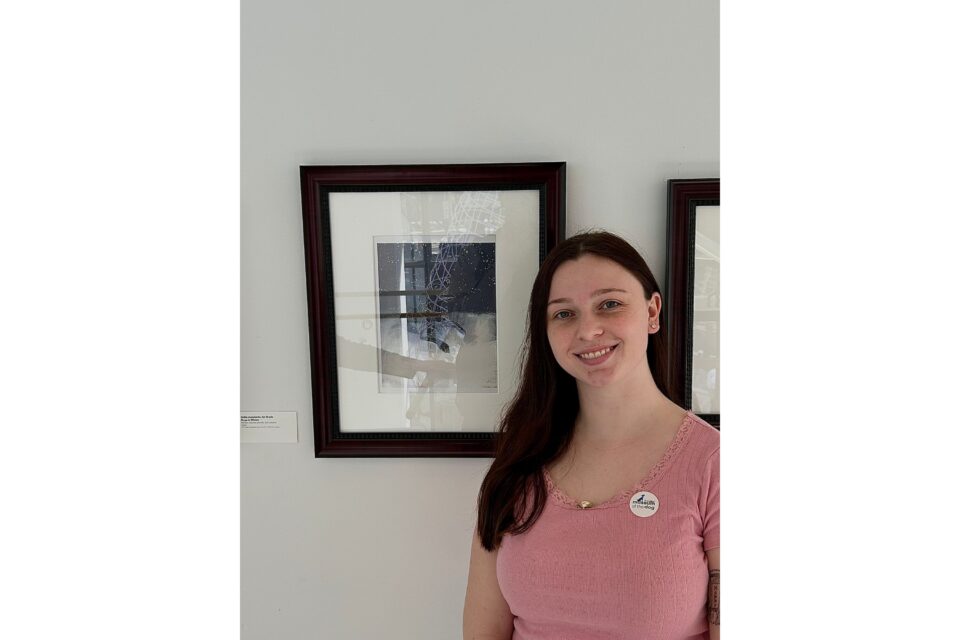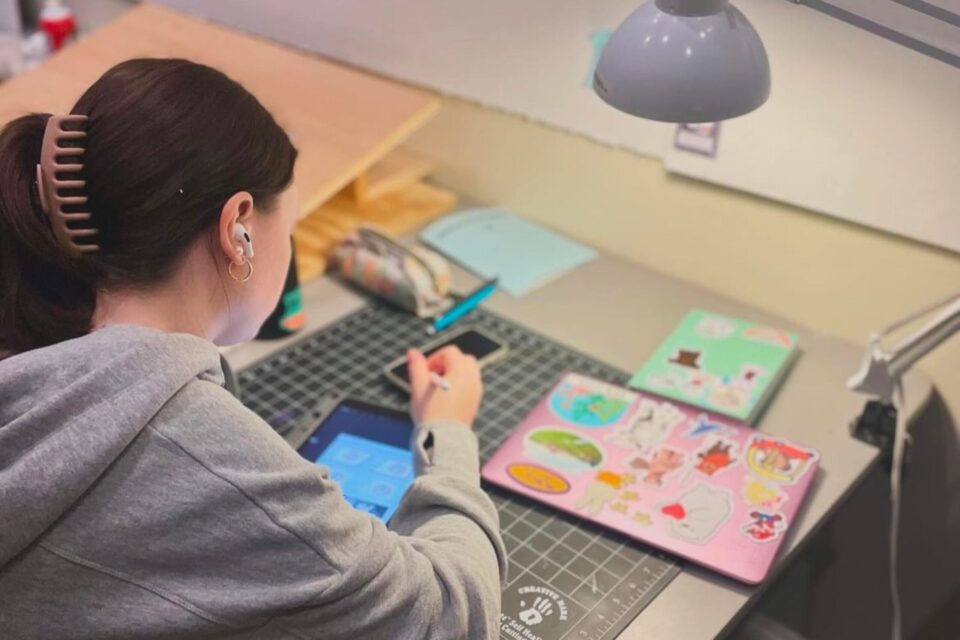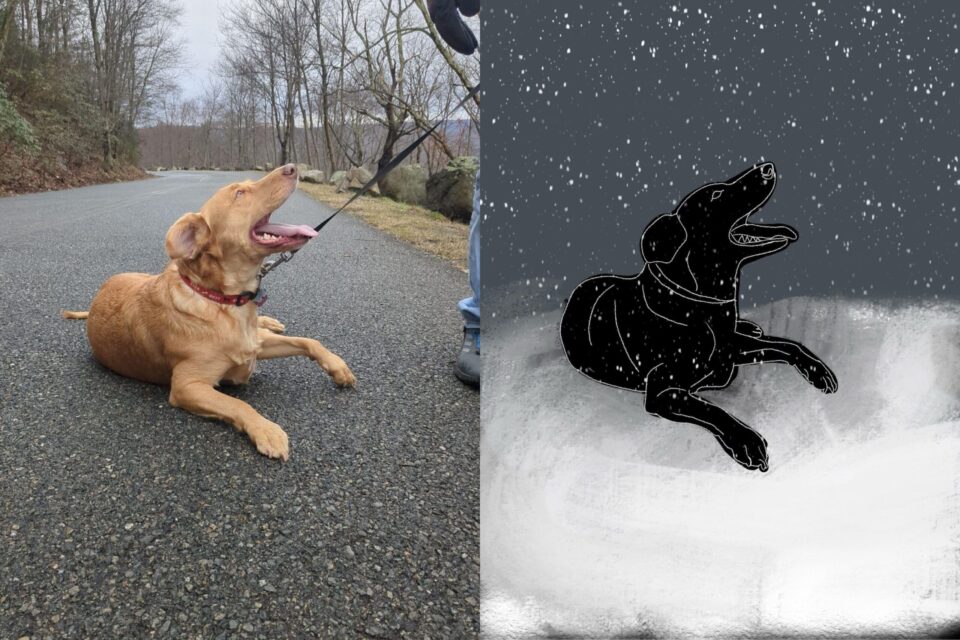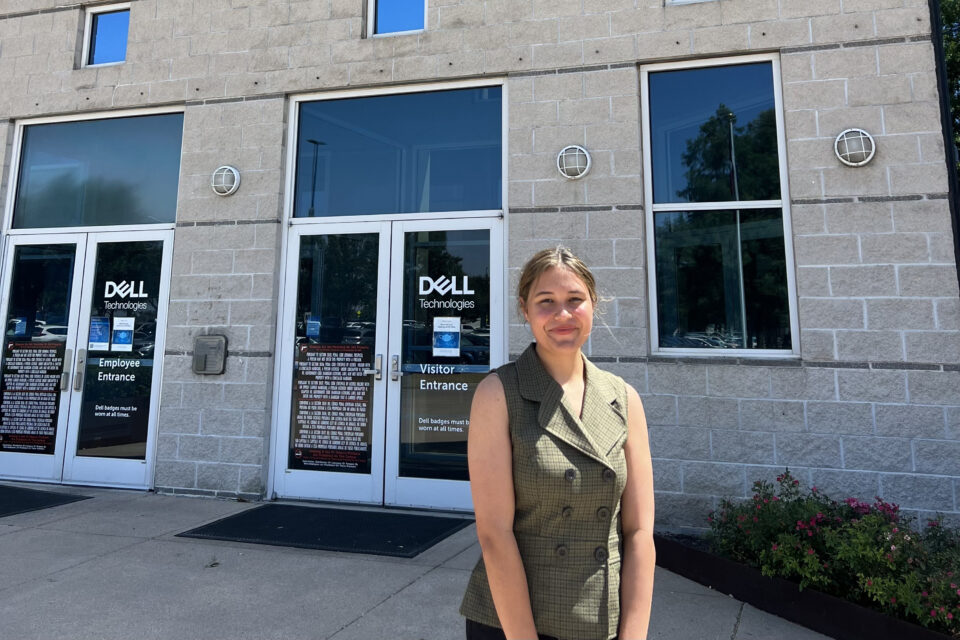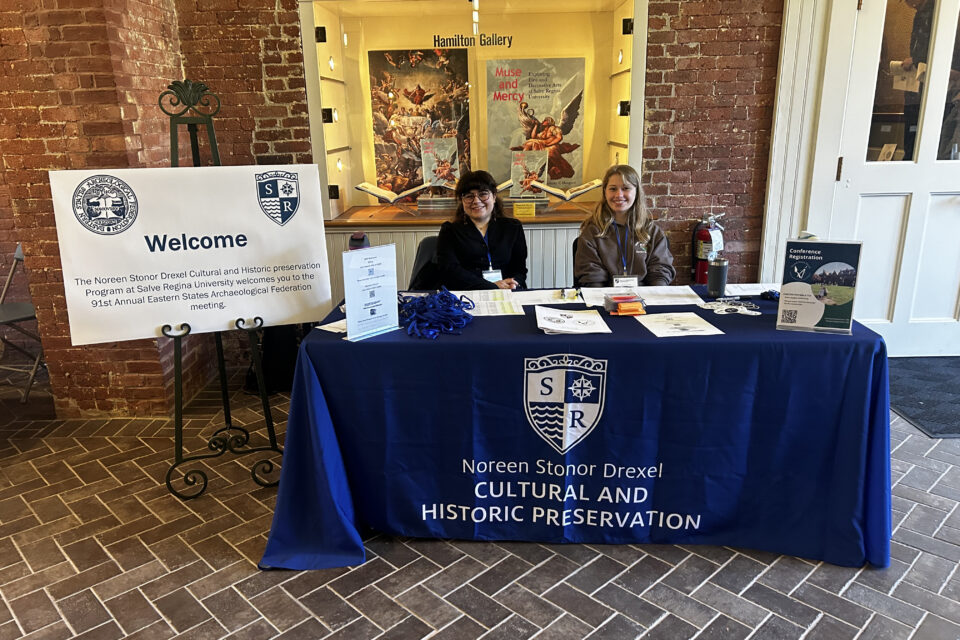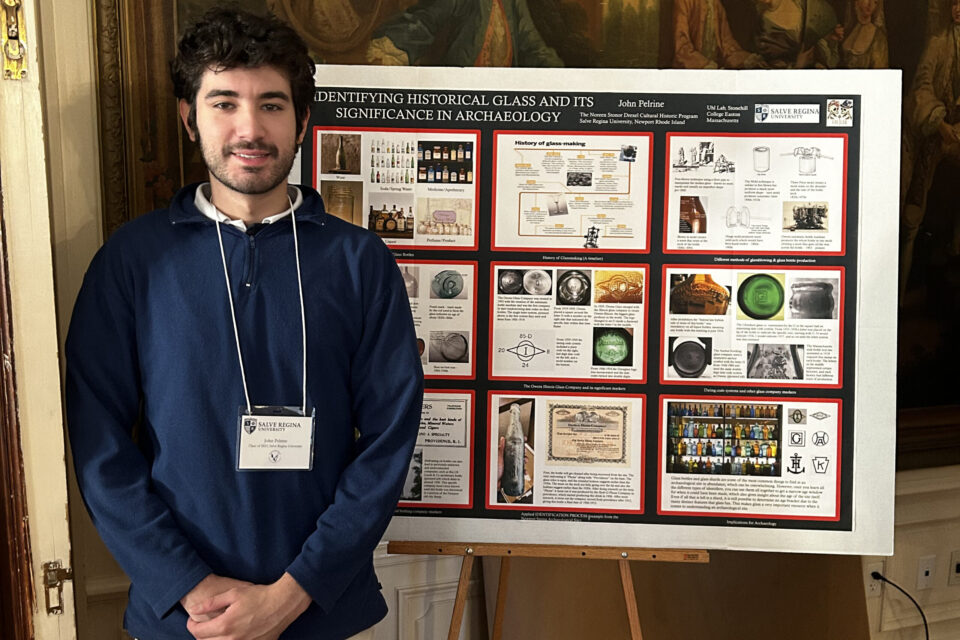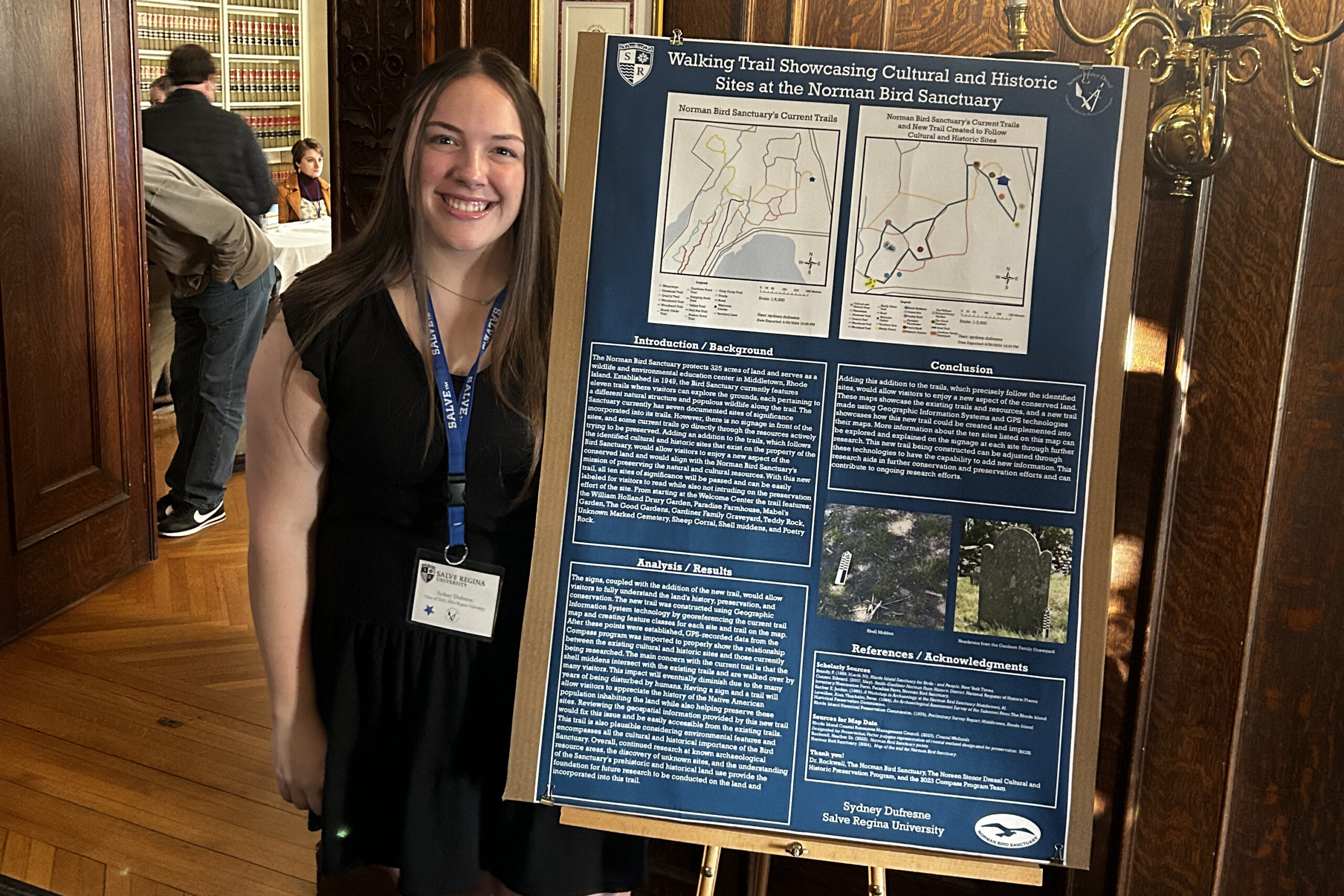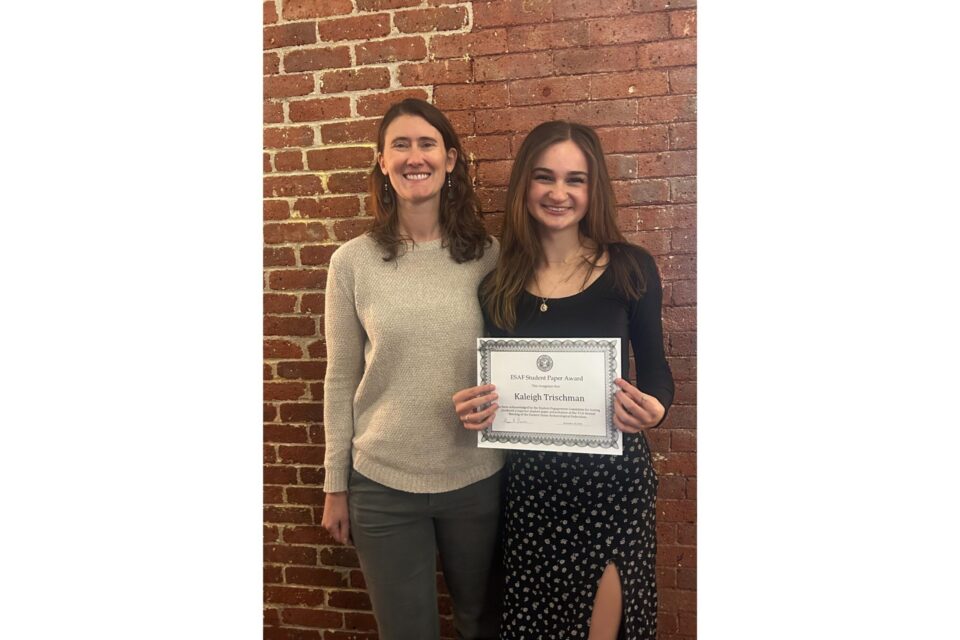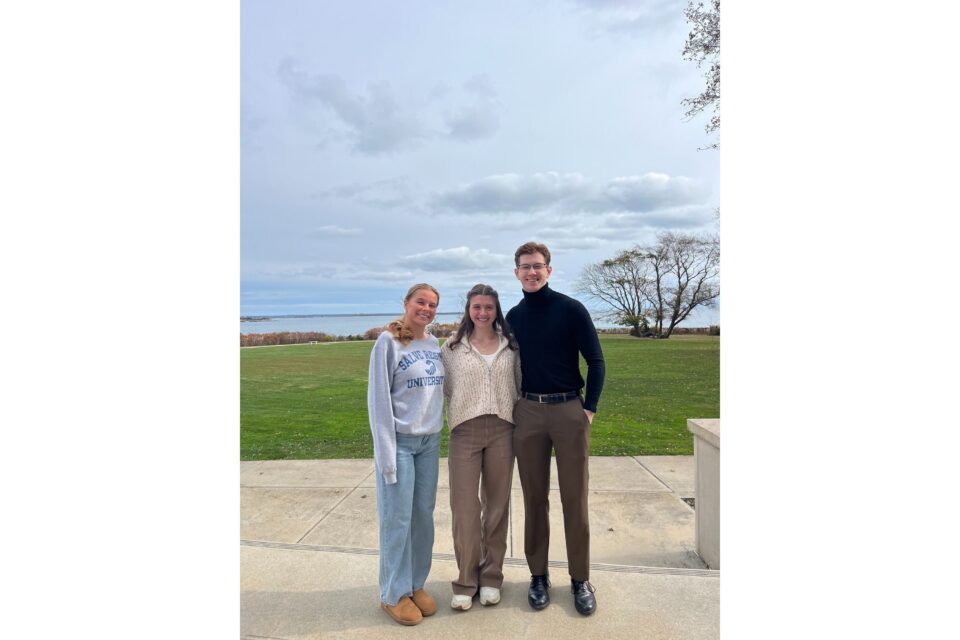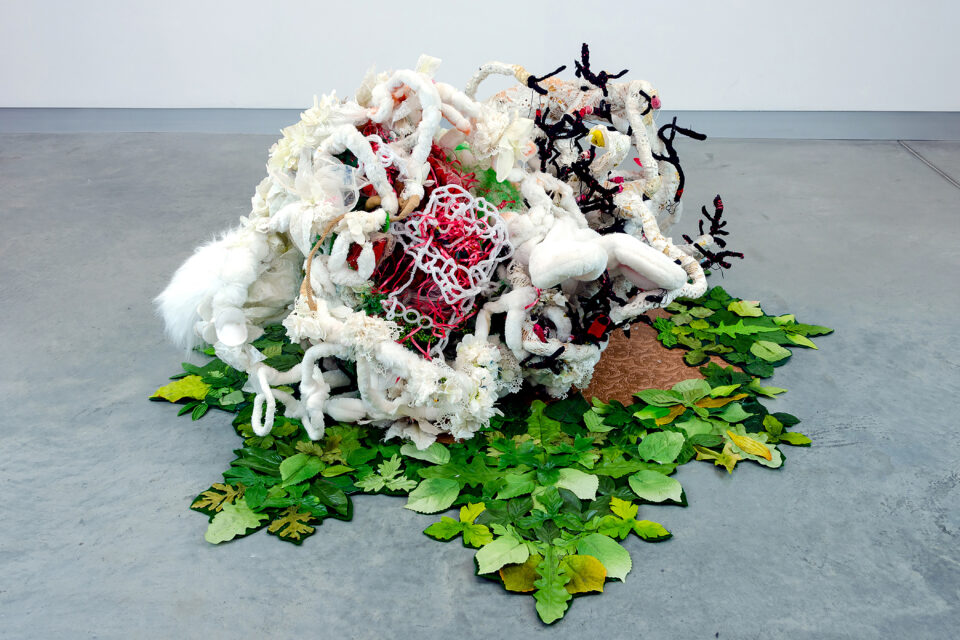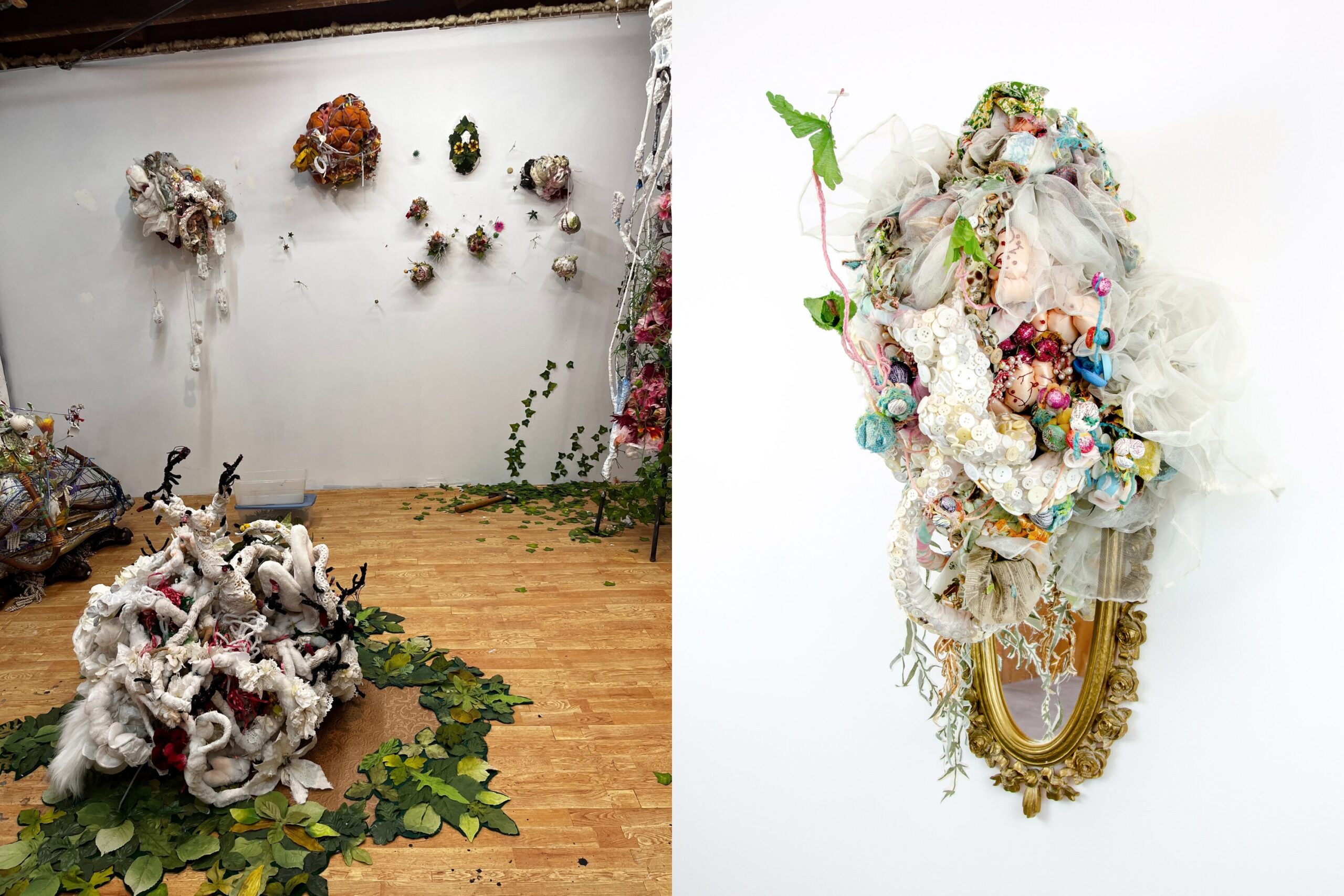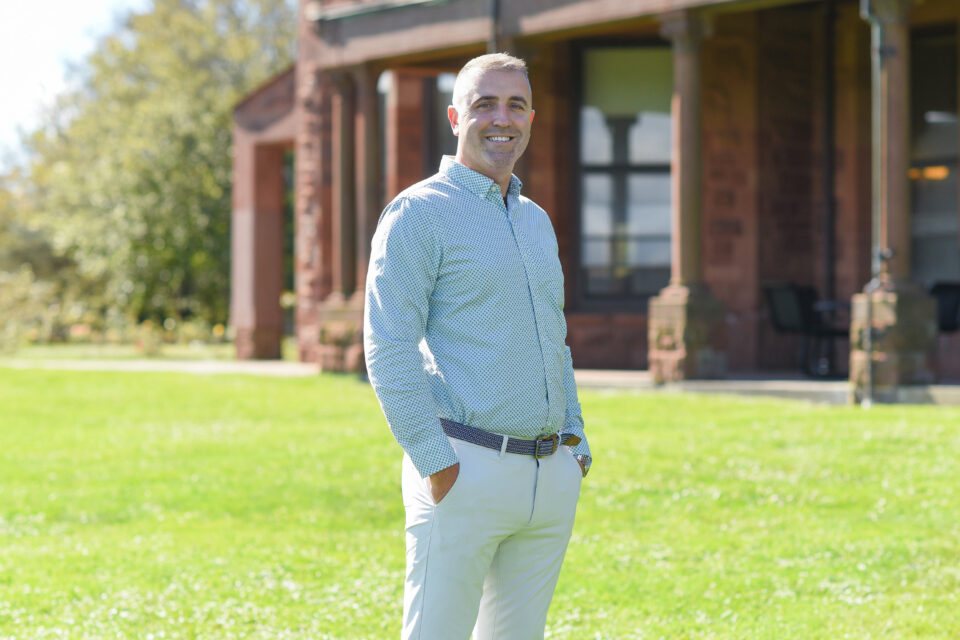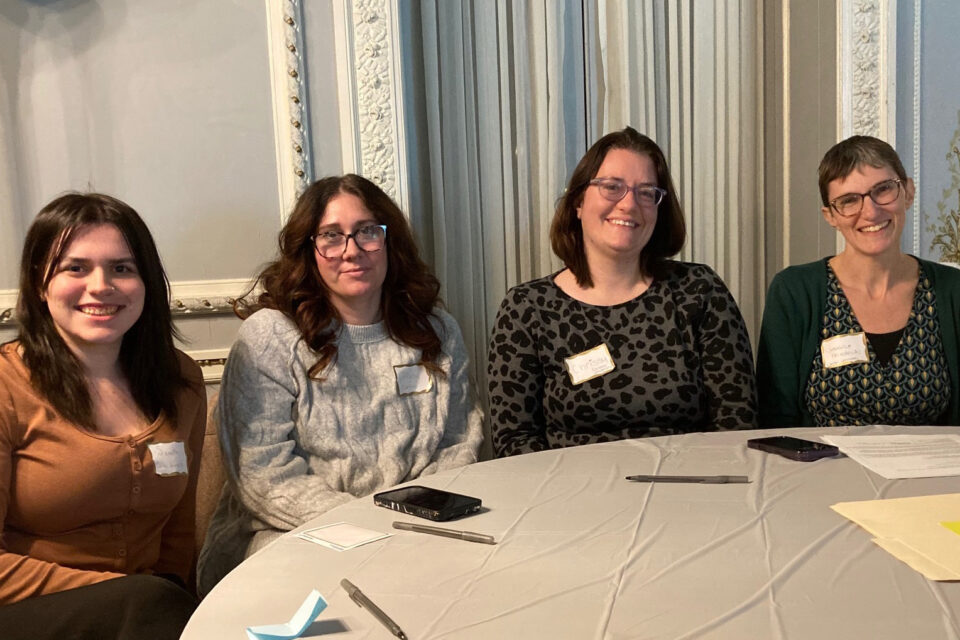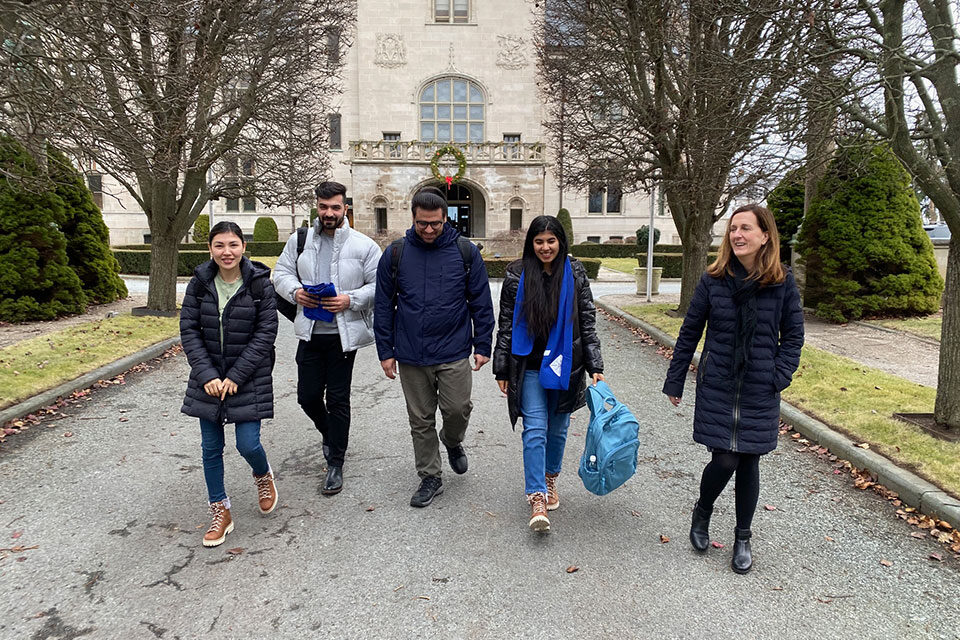The holiday season is a time for joy, generosity and coming together as a community to make a difference. Salve Regina University’s Center for Community Engagement and Service invites students, faculty, staff and community members to join in the spirit of giving by participating in the 21st annual Angel Tree gift drive. This tradition runs through Monday, Dec. 16, providing an opportunity to support children, families and community members in need.
The Angel Tree gift drive has been bringing holiday cheer to those who might otherwise go without for 45 years. Created by The Salvation Army in 1979 by Majors Charles and Shirley White when they worked with a Lynchburg, Virginia, shopping mall to provide clothing and toys for children at Christmas time, the initiative now serves a wide range of recipients. This year’s beneficiaries include the Martin Luther King Jr. Center, Lucy’s Hearth, the Salvation Army, local schools in Rhode Island, Conexion Latina, the Housing Hotline, Newport Housing Authority and the Potter League for Animals. By participating, the Salve community plays a vital role in spreading hope and joy during the holiday season.
How it works
Angel Trees are set up at various locations across campus, as well as in the community at Newport’s Edward King House, St. Augustin’s Church and the Casino Theater. Each are adorned with tags that list the name, age and holiday wish of a local community member. The process is simple:
- Shop for a gift: Select a tag, purchase the requested item and return it unwrapped with the tag attached to the Center for Community Engagement and Service in Mercy Commons.
- Donate in person: Donate cash, checks or gift cards in the Mercy Commons.
- Mail a gift: Ship items directly through Amazon or other online services to: Center for Community Engagement and Service 100 Ochre Point Ave, Our Lady of Mercy Chapel Newport, RI 02840
- All items must be received by noon on Monday, Dec. 16.
Why it matters
For many children and families, the Angel Tree gift drive represents more than just presents under the tree – it’s a reminder that they are supported and valued by their community. From fulfilling a child’s wish for a special toy to providing practical necessities, each contribution brings warmth and joy to someone’s holiday season.
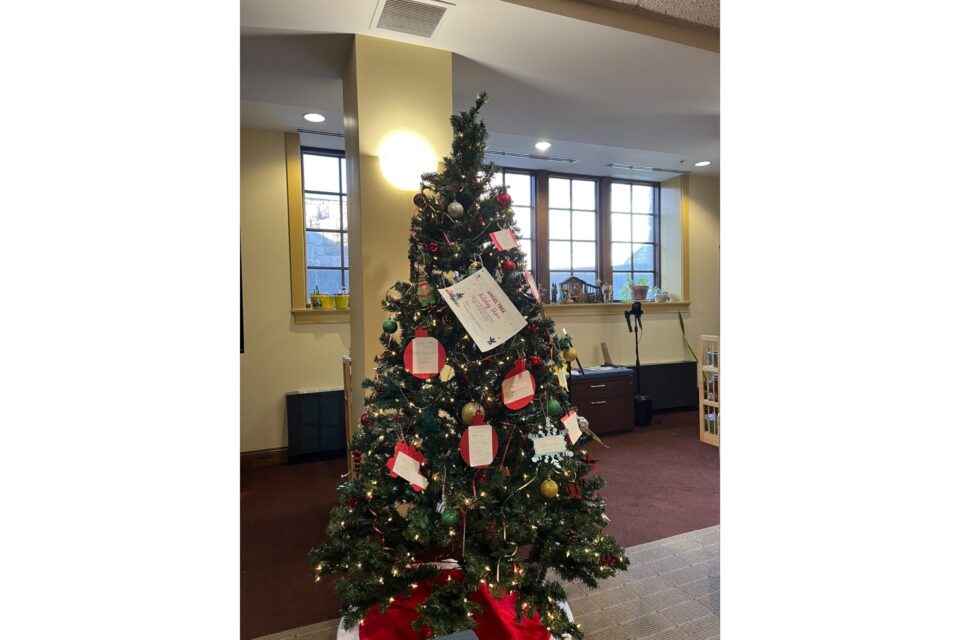
“Donating gifts to children in need during the holiday season is a meaningful way to bring joy and support to those who may be facing challenging circumstances,” said Kelly Powers, director of the Center for Community Engagement and Service. “Many of the children we provide gifts for are also practical gifts that can help children thrive beyond the holiday season by supporting their education, health and well-being.”
By participating, you can help ensure that everyone in our community experiences the magic of the holidays. For more information, contact the Center for Community Engagement and Service at (401) 341-2440 or email community.services@salve.edu. Together, let’s make this season a little brighter for those in need.

